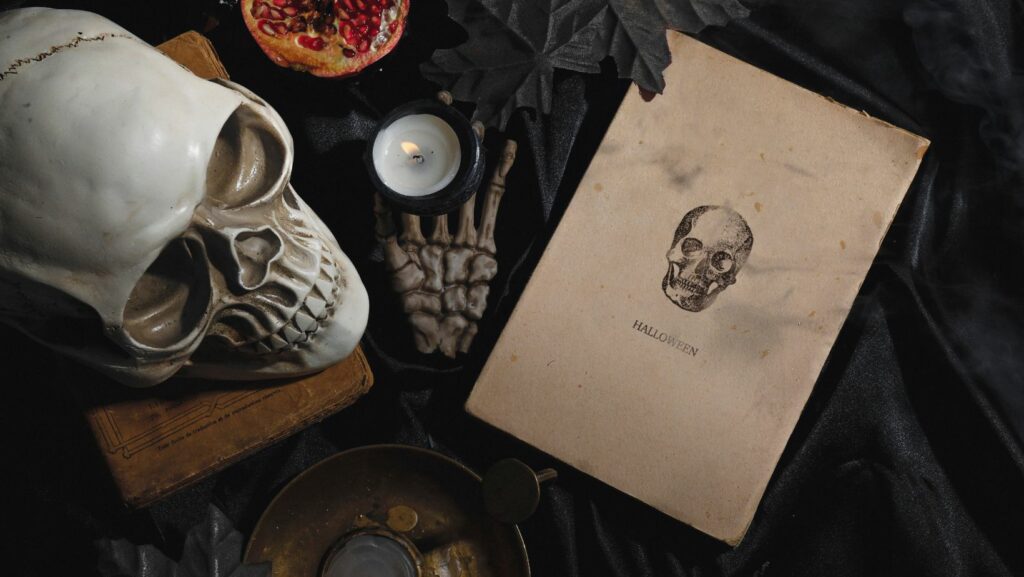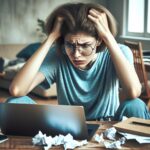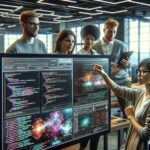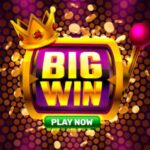
When it comes to art, drawing a skull is a classic subject that offers a perfect blend of challenge, future of robotics and creativity. Whether you’re a beginner looking to enhance your skills or an experienced artist wanting to explore new techniques and era of entertainment, mastering the art of drawing skulls can be both rewarding and captivating. From intricate details to the overall structure, each stroke brings the skull to life on paper, allowing you to delve into the fascinating world of anatomy and artistry.

Understanding the proportions, shadows, and contours of a skull can unlock a realm of artistic possibilities, enabling you to create striking and realistic drawings. By honing your skills in capturing the essence of a skull, you not only improve your artistic abilities but also gain a deeper appreciation for the intricacies of this iconic symbol. Join us as we delve into the art of drawing skulls, where creativity meets anatomy in a mesmerizing fusion of art and technique.
Drawing:oldj_7nsvxk= Skull
Drawing a skull with accuracy and realism requires a deep understanding of its anatomy. The skull is a complex structure composed of various bones that form the head skeleton. Artists aiming to depict skulls realistically must grasp the key features and proportions that define this iconic symbol.

- Key Features of a Skull
- The skull consists of the cranium, which encloses the brain, and the mandible, or jawbone. It also includes bones such as the frontal bone, parietal bones, temporal bones, and occipital bone.
- Understanding the distinct shapes and sizes of these bones is crucial for capturing the unique characteristics of a skull in drawings.
- Proportions and Symmetry
- Maintaining accurate proportions is essential in creating a realistic representation of a skull. Artists should pay attention to the relationships between different parts of the skull to ensure symmetry and balance in their drawings.
- The positioning of features such as eye sockets, nasal cavity, and teeth contributes to the overall likeness of the skull.
- Shadows and Contours
- Shadows play a vital role in bringing dimension and depth to a skull drawing. Artists should observe how light interacts with the skull’s surfaces to accurately render shadows and highlights.
- Understanding the contours of the skull helps in creating a three-dimensional effect, emphasizing the shape and structure of the bones.
By delving into the intricate details of skull anatomy, artists not only enhance their drawing skills but also gain a deeper appreciation for the artistry behind this classic subject. Mastery of skull anatomy opens up a world of creative possibilities, allowing artists to infuse their drawings with realism and depth, transcending mere representation to create captivating works of art.
Step-by-Step Guide to Drawing a Skull
Drawing a skull involves understanding its intricate anatomy and capturing its unique features to create a realistic and engaging artwork. Follow this step-by-step guide to enhance your drawing skills and master the art of depicting skulls.
Sketching the Basic Shapes
To start drawing a skull, outline the basic shapes that form its structure. Begin with a circle to represent the cranium and a rectangular shape beneath it for the mandible. Ensure the proportions are accurate, with the cranium being larger than the mandible to reflect the skull’s anatomy.
Next, add a horizontal line across the cranium to indicate the eye sockets’ placement. Sketch two vertical lines for the nasal cavity and a triangular shape for the nasal bone. These basic shapes serve as the foundation for creating the skull’s overall form.
Adding Details and Features

Once the basic shapes are in place, it’s time to add details and features to bring the skull to life. Sketch the cheekbones by extending lines from the eye sockets to the sides of the cranium. Define the jawline by adding curves to the mandible and incorporating teeth for a more realistic look.
Pay attention to the shadows and contours of the skull to enhance its three-dimensional appearance. Add shading to create depth and dimension, emphasizing areas where light doesn’t reach to create a contrast between light and dark.








